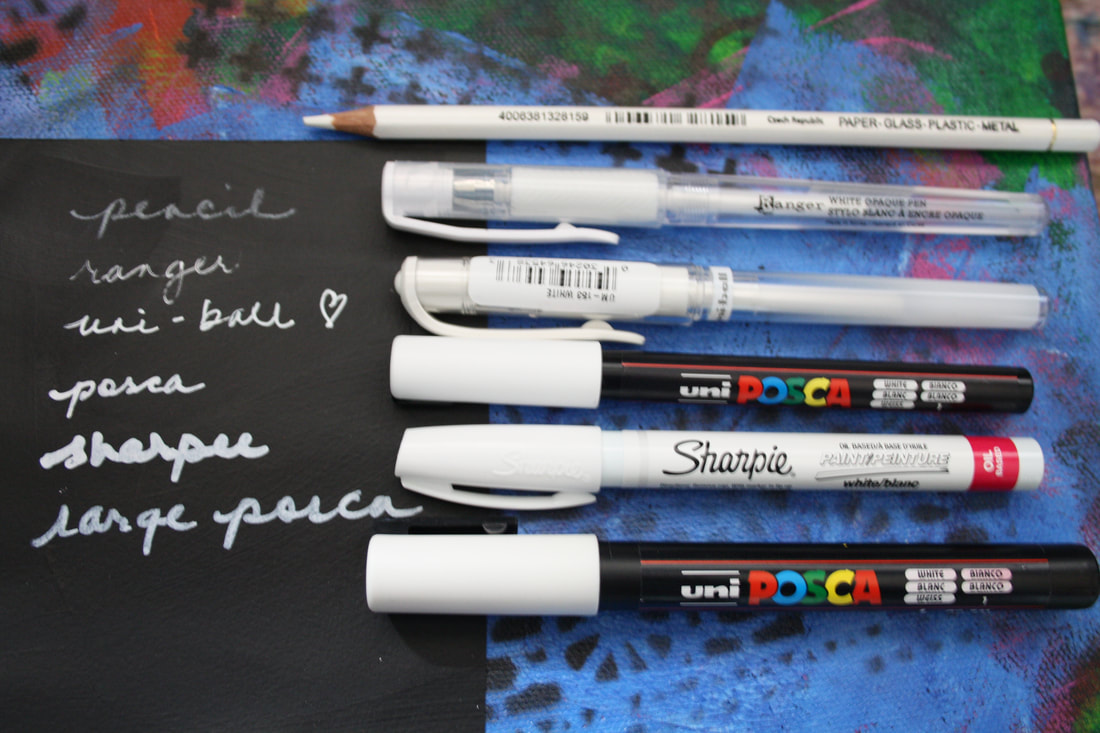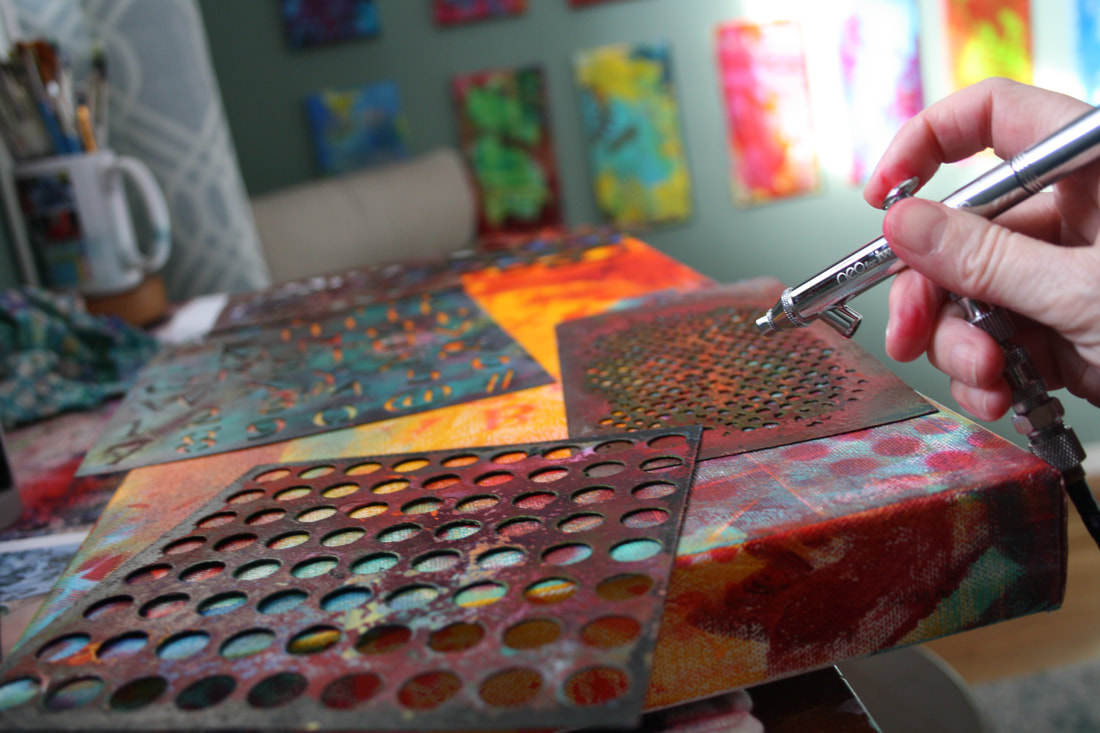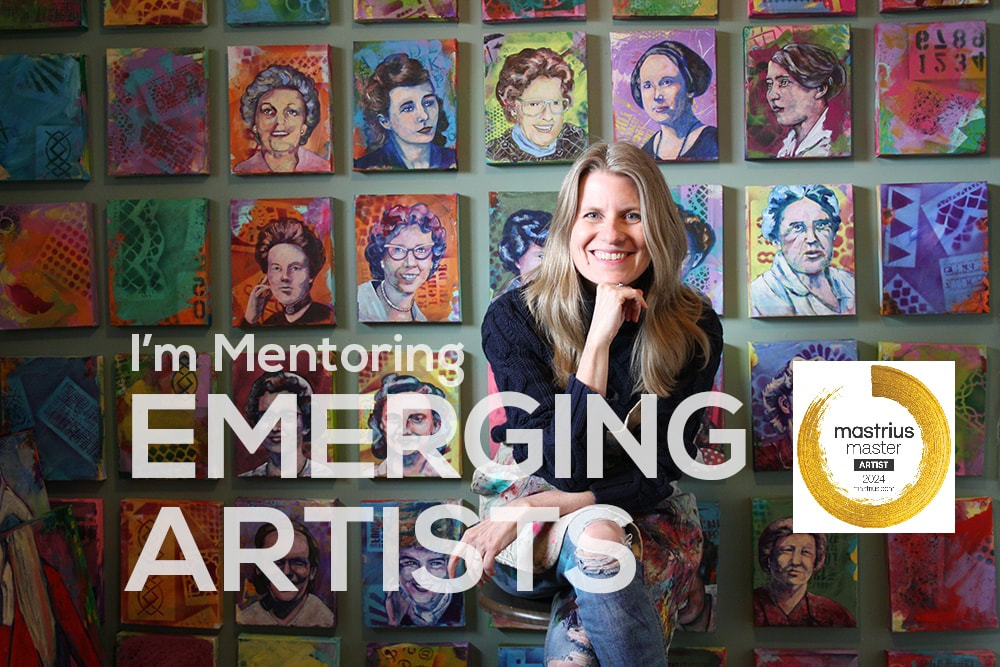The first step to truly living a good and fearless life, is accepting responsibility for your actions. Jann Arden is opening up about her sexuality. The celebrated Canadian singer-songwriter sat down with ET Canada’s Carlos Bustamante to discuss her new sitcom, “JANN”, and revealed why it was important for her to represent the LGBTQ community on screen.
“That, for sure, mirrors my own life,” Arden says of her character’s bisexuality. “I, as a teenager, grew up with boyfriends and girlfriends. I remember crying once over a girlfriend that had broken up [with me], and I was crying to my mom on the phone, and my dad was at the other end of the phone — this is a concrete construction guy — and he said, ‘Honey, we would love you if you were pink with purple spots.’ That was the end of it. They said, ‘We’re always here to talk to you,’ and my mom said to me at the dinner table — I remember her grabbing my wrists — and she said, ‘You are a completely normal person.’ I had that. So for me…that’s the way I’ve lived my life.” ~ ET Canada Over a year ago I submitted an idea to Stampington Publications for an article then several months ago I was invited to write something which was supposed to be in the upcoming Winter edition of What Women Create. Last week I was sent the final edits and found out that it would be published in the upcoming Spring edition next month (May) which will be available across North America (Chapters, Indigo, Micheals, etc.) and online. I am so thrilled! Last week I was asked to submit a couple of more photos and have now found out that one of the photographs that was taken of me putting on my painting apron with the backdrop of the current 'Extraordinary Women' paintings is being considered for the cover...fingers crossed! Every single time I have written for these magazines it has been an absolute privilege. The women involved in each publication are incredibly kind and supportive. I am honoured. NOTE: Photos above were taken by Libertee Muzyka for Hero Images
I always prefer to work on several portraits at once as moving between them allows for drying time in order to keep the colours vibrant. At the same time, this process allows for a bit of 'breathing' room so that I can contemplate my next steps and make adjustments as I go along. I find that there are definite ebbs and flows in the process...at times I feel I have a likeness and then, a single brush stroke can alter that, so giving myself space to work on another portrait helps me to focus on the shapes and tones rather than the face. I find that helps me to re-evaluate the work as it progresses and keeps me from feeling as though the work is too precious and intimidating myself so badly that I'm afraid to keep moving forward. I find painting to be a real play between attention to detail and creative freedom. Plus, working in this way makes me feel as though I'm actually accomplishing something and happy to be surrounded by the faces of women I admire.
Education is not forcing 'knowledge' onto those who think or live differently, it is understanding, accepting, and finding truth by learning from past mistakes. "Rose Marie “Tantoo” Cardinal, CM, actor (born 20 Jul 1950 in Fort McMurray, AB). Tantoo Cardinal has performed more than 100 film, television and theatre roles in Canada and the United States. She broke barriers for onscreen representation of Indigenous peoples and has challenged negative stereotypes of Indigenous communities throughout her career...
Tantoo Cardinal was born the youngest of four children to Julia Cardinal, a woman of Cree and Métis descent, and a Caucasian father who left when Cardinal was six weeks old. Her grandmother became the children’s caregiver when Cardinal was six months old. Cardinal’s mother lived in poverty until she died at a young age. Cardinal experienced further family tragedies when her sister was taken during the Sixties Scoop and her brother was murdered at the age of 24. Cardinal was raised in the hamlet of Anzac, Alberta. The lack of electricity inspired her to use her imagination while playing in the bush. Her grandmother nicknamed her “Tantoo” after the insect repellent they used while picking blueberries together. She taught Cardinal the Cree language, the traditional ways of their culture and the difficulties she would face growing up Métis in Canada. Cardinal has said that it was walking behind her grandmother where she first learned to act. Tantoo Cardinal gave her first performance in Grade 7 with the title role in Anzac’s Christmas concert play The Wise Old Man. She left Anzac at age 15 and attended Bonnie Doon High School in Edmonton on a bursary. Upon moving to Edmonton, Cardinal frequently encountered racist taunts and discovered the negative stereotypes of Indigenous people that contrasted sharply with the people and communities she knew. This experience inspired her to pursue acting and create positive representations of Indigenous communities. She joined a Native Youth Group to help create support networks for Indigenous families. Cardinal’s legacy is a combination of acting and advocacy. Her career broke down barriers for Indigenous actors, and she has used the power of positive representation to challenge negative images and stereotypes. Cardinal has used her craft to honour the history of Indigenous people in Canada. “I always felt that as an actor we have to have the courage to go into the territory of hard experiences and tell the truth of what’s happened to us as human beings,” Cardinal said in 2010. “That’s where you find understanding. You don’t come through generations and generations of genocide and holocaust to be wimps, to be portrayed as monotoned and one-sided characters.” Cardinal is also an outspoken environmentalist. She drew upon her experience seeing the changes to Fort McMurray to advocate against the Alberta oil sands and the contamination of water for resource extraction. In 2011, she was arrested with fellow actor and activist Margot Kidder while protesting the Keystone XL pipeline outside the White House." ~ The Canadian Encyclopedia I grew up in northern Manitoba near the Churchill River. We spent many hours and days travelling up river to fish and set up camp for weeks in the summer. As a young girl, it was on one of these trips that I was first introduced to petroglyphs and pictographs that were found high up on rocky cliffs. Since then I have learned much more about these symbols, and now know that there are about 32 symbols that have been found around the world - I love the fact that they are universal as it feels like they connect us all. Some of them are recognizable and certain nations have been able to translate them, while others are guessed at...lines often suggest members of the clan or tribe, including those members who have recently passed, while circles often included markings to identify a group.
Last week I received an order of paint pens as I've been looking for something with a fine tip, opaque, white and easy to hold in my hand. Since I like to add quotes to some of my portraits, I like to use my own handwriting as it feels like an extension of how I paint. In the past I used the Uni-ball but during the pandemic have struggled to get my hands on one since it comes from Japan, so initially I ordered several different brands, but after disappointment, was so happy to get another Uni-ball again - back to the old. I decided to try the Aquarelle pencil which was fairly nice, but not as fine or opaque as I'd like though this one will be nice for drawing on top of paint in my journals and on canvases when I want to make little adjustments. The ranger tends to be a little more transparent and 'skips' when writing, especially on canvas. I've had this for awhile but it has never worked well so it, unfortunately, is going in the trash. The Uni-ball Signo Broad, as always, is perfect. The 0.7 mm Posca is nice but requires so much 'prep'....it needs to be shaken and the point pressed down repeatedly before it works...the ink is also less fine than the uni-ball so it will be terrific to use in paintings but not my favourite for writing. The Sharpee, as an oil base is not my favourite at all...the nib is to thick and the ink spreads too much...plus I'm not a fan of oil. I think this will be used for labelling packaging. Finally, the original Posca is nice for paintings but too thick for my portraits. Maybe if I created larger portraits it would be fine, but not for the sizes I've been working in. As I mentioned in my YouTube video in my previous post, it appears that the Uni-ball has won, once again, and that everything old is new again. This was a fun experiment, but if I have learned anything in my lifetime, it is to stick with what I know and love best.
I think really working on reasons to believe and to hope in humanity’s possibilities is something that inspires me a lot. As an immigrant from Haiti who went through difficult times, Ms. Michaëlle Jean found herself touching the lives of many people around the world. Two of her quotes from the film especially resonated with me; “I wanted a space where citizen’s voices could be heard. “The other one that is so important to Canada and the world is: “Indifference is not an option.” (A Woman of Purpose)
Michaelle Jean: “This is something that you have to learn at a very young age. And especially when you are different, okay? This is something that you have to learn pretty fast. What belongs to you and what doesn’t belong to you. What you can associate with and what you can’t associate with. It’s about keeping your own dignity. Being focused on the kind of vision that you share and what you want to achieve. What is essential and what isn’t. There are things that I cannot change in this country. This debate is not mine. It does not belong to me. I prefer to stay outside the debate and this position is exactly that. You stay outside politics. And you represent a moral authority.” Never mind how unnatural this is: to place oneself between the competing forces of servitude and leadership. “I think the difficult part of this was, in my nature, I fight back. I think in a different position I would’ve fought back. I would’ve answered back. In my position as Governor General I couldn’t. I couldn’t. Because it was not appropriate for me to jump into the arena, become part of the noise,” she says. “I sit outside the noise.” ~ Positive Politics I'm often asked what I use in my Iwata airbrush and, after trying several different products, find that Liquitex Acrylic Ink is a definite favourite. It's permanent and works beautifully with the Liquitex Heavy Body acrylics I use plus it is easy to clean out my airbrush once I'm finished working...which has to be fairly immediate so that the parts don't become clogged with dried paint. I make my own airbrush cleaning solution, though it is available to purchase and can also be used to thin acrylics for use in an airbrush.
I typically set all of my materials up before filling the reservoir which is attached to the bottom of my airbrush (versus a gravity feed from the top)...my canvases and stencils are selected and set up as well as attaching the airbrush to the airhose & compressor so that the ink doesn't sit in the airbrush longer than absolutely necessary. Then I fill the container with the selected ink, turn on my compressor and utilize my dual-action airbrush (the trigger controls both the amount of paint and air is expelled at once). As soon as I've finished, I take my tools apart and rinse all the airbrush parts in hot water then run the cleaning solution through it. Since I'm not a huge fan of major clean up while I work, I'm surprised how much I love my airbrush as it is rather finnicky and time-consuming. But I really do. And my air compressor is very loud but I do love how small it is. I don't use it like a traditional airbrush artist does to create images, but rather to add interest to my backgrounds. It's been wonderful as spray paint cans made me uncomfortable because of their impact on the environment. Plus this uses so much less paint. Airbrush Cleaning Solution (for water soluble paint): 2/3 distilled water 1/3 isopropyl alcohol 1 drop glycerin per 50 ml Mentors are really important because everyone needs to know that someone's got their back. "Here I was, living a life I never imagined, but I was struggling to understand who I was. There was no opportunity growing up to learn about who we were, the Inuit, from our own perspective. In essence, we were institutionalized by being told who we were, how we would live, and when you are told a story for so long, you learn to believe it,” explains Susan.
During the past 25 years of reflection and songwriting, Susan kept coming back to one area of profound knowing – the Inuit are an extraordinary people deeply grounded in a culture forged by their Ancestors, their journey is what shaped them. “Their life experience is the foundation on which our precepts of determination, adaptability and love for life are built, they began the journey to our present-day Nunavut.” ~ Susan’s Walrus Talks |
|













